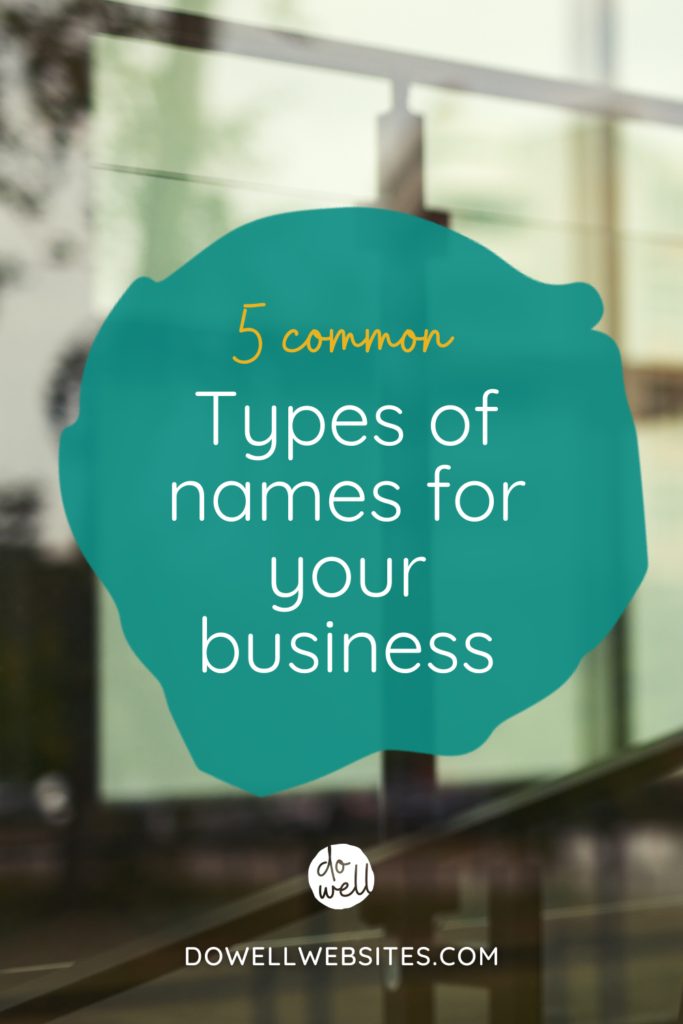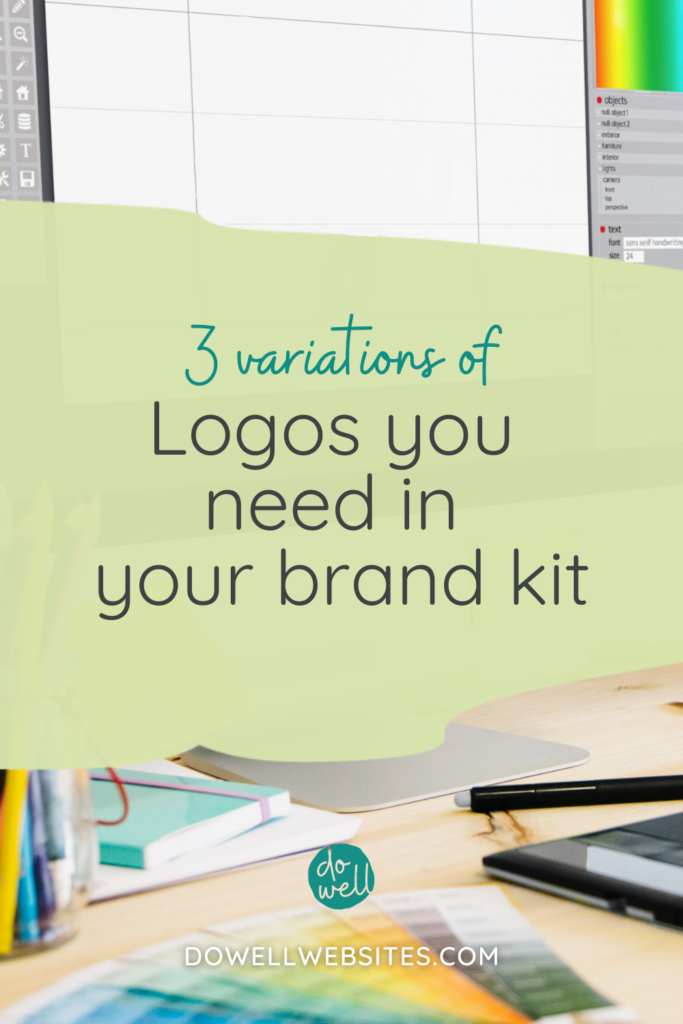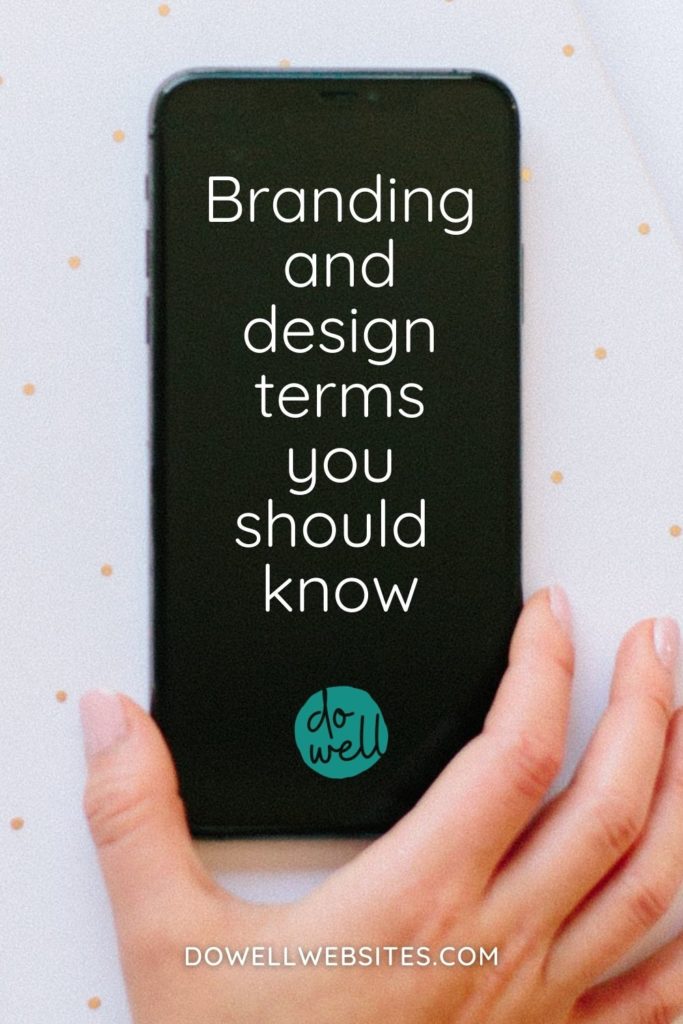
Are you more of a visual learner?
Here’s a video version of this post.
5 steps to find your brand voice
When it comes to branding, what quickly comes to mind is your logo and color palette…the visuals. But what about the way your message is actually being delivered?
When your business has a solid personality that shows up clearly and consistently, your audience will be able to recognize your communication and marketing efforts even when they don’t see your logo.
So, let’s go over 5 steps to finding your brand voice.
1. Review your BIG message
A great place to start when discovering your brand voice is with what I like to call your BIG message or your positioning statement that quickly tells someone who you are, what you do, and how you can help them.
This message is a good starting point to figure out how you can connect your core values to your brand.
2. Read through your current content
Gather up any content that you’ve already written such as your website copy, blog and social media posts, and ads and make note of any consistencies that appear in the tone you use.
A good way to know what specifically is resonating with your audience is to look closely at any piece of content that performed really well.
When reviewing your writing, keep in mind that it’s not about what you say, but instead, the way that you say it. For example, do you come across as technical, funny, or informal?
3. Know your brand personality
Your brand’s personality can be summed up by the key adjectives that best describe your business as if it were a person.
Once you’ve determined your personality in 3-4 adjectives, it’s a good idea to do a ‘We’re This, Not That’ exercise.
To do this, jot down a list of “We’re _____, but not ______” and fill in the blanks.
For example, We’re optimistic, but not unrealistic. Or We’re whimsical, but not unreliable.
4. Create a brand voice chart
Create a chart with 4 columns.
In the first column list your 3-4 brand adjectives.
In the next column write a brief explanation of each trait.
In the third column list out ways you’ll show this trait.
And in the last column list out ways you won’t show this trait.
So for example,
-Optimistic
-We have a positive outlook and are hopeful and confident in our approach.
-Do: Be positive and encouraging
-Don’t: Overpromise or lose sight of reality
5. Use special expressions
Once you’ve defined your brand voice, it’s helpful to have a few go-to phrases to sprinkle throughout your content to help create consistency and add personality, as long as you don’t overdo it.
A good way to create these special expressions is to ask yourself:
-Do you use any expressive phrases regularly?
-Do you have a signature sign off in your blog posts, podcast episodes, or emails?
-Do you use emojis or acronyms in your writing?
To continue with my example of “Optimistic,” I may use the phrase “you’ve got this” or “dream big.”
Your brand voice shouldn’t be a one-time thing, so be sure to revise, refine and refresh your voice as your brand grows and your messaging evolves.
If you’re ready to start uncovering your brand voice, learn my 4 step process to find your brand personality.

Hi, I'm Alli McAuley.
I help passionate entrepreneurs, like you, create a strategic brand and website that stands out to your dream clients so you can run a successful business online.
My ultimate goal is to empower you with the tools you need to live your best life by doing the work your love.











